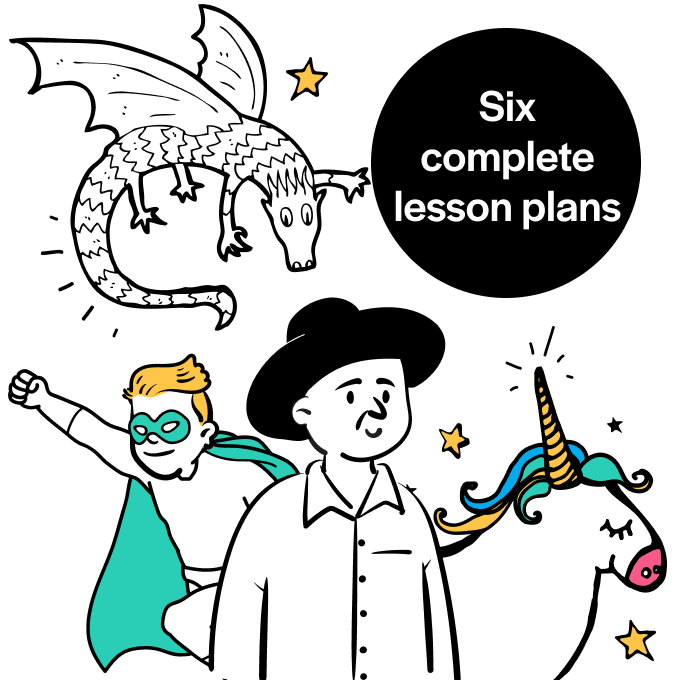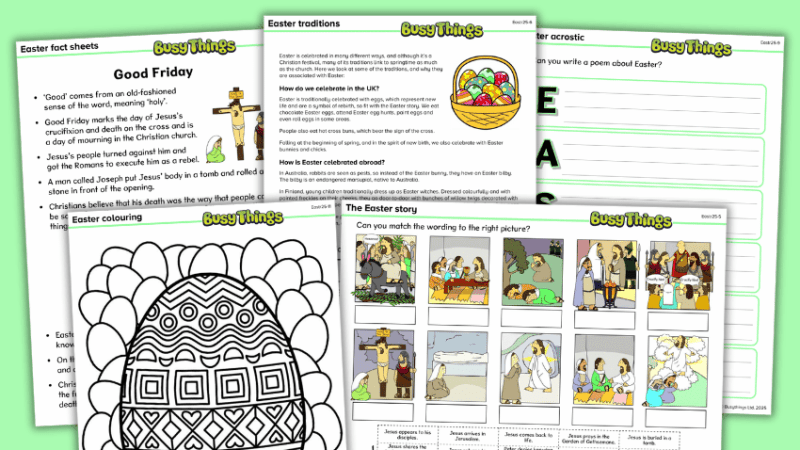Generative learning – Help pupils contextualise and consolidate their learning

Matthew Lane explains how you can create two-page unit summaries to explore concepts and enhance memory…

- by Matthew Lane
- Religious education lead, author and editor for the Reforming RE project Visit website

As psychologist Daniel Willingham once said, memory is the residue of thought.
For children to be learning they need to be actively thinking and building links with what they already know to give context to new learning.
We don’t just want basic retrieval practice like the recalling of isolated facts but, instead, want children to understand how facts interrelate as part of a cohesive body of learning: we want to foster ‘generative’ learning.
Here are the effective learning strategies for the generative process we used in summarising skills to contextualise a unit of learning on shape.
Activate prior learning equals meaningful learning
Do this by giving children time to read and review their notes and work from all the past lessons in the unit.
We had 12 lessons to review so it took a little while. Ask children to make a list of all the learning they’ve covered – it might be quite long.
Review lists in pairs to see if anything has been missed or described in a different way. This helps children check for blindspots in their recall of their learning.
Pick 5 key concepts
Ask pupils to pick the five most important concepts from their list.
This task promotes selection and synthesis of ideas.
- Which concepts are interlinked?
- Which ones do pupils recall or forget easily?
- Which topics nest within others?
This is a tricky task but will promote discussion and thinking.
Explain the concept
Introduce the idea of creating a double-page spread that mixes words, pictures, diagrams and short summaries to explain everything about the concept in the space provided.
There are lots of examples online which you can show to pupils. I chose to show the class geography examples so they would have to think about how to translate the design for maths content.
Trending
Let kids get creative
Now it’s time to get creative. Don’t model how to set out the spread: this is for children to work out.
Allowing 30 minutes for the task promotes efficient summarising rather than lots of time colouring in.
In my class I saw some great ideas (like drawing and cutting out nets of shapes and sticking them onto the page) and highlighted these as children worked.
You may wish to do this part of the lesson as quiet work to promote independent thinking.
Peer review and generative learning theory
Once the spreads are finished, ask pupils to share them with partners or groups.
What concepts did everyone explore? Which ones were less popular?
Check the longlist again: which concepts did nobody do?
Allow a further 10 minutes for finishing off and adding in concepts seen on other spreads.
Use the finished creations for revision or as the starting point for a similar unit in the future.
Find Matthew on Twitter at @mrmjlane or online at theteachinglane.co.uk.










